Last Updated on July 30, 2021
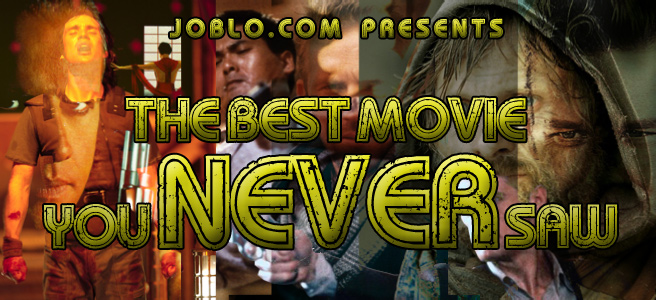
Welcome to The Best Movie You NEVER Saw, a column dedicated to examining films that have flown under the radar or gained traction throughout the years, earning them a place as a cult classic or underrated gem that was either before it’s time and/or has aged like a fine wine.
This week we’ll be looking at Mel Gibson’s APOCALYPTO!
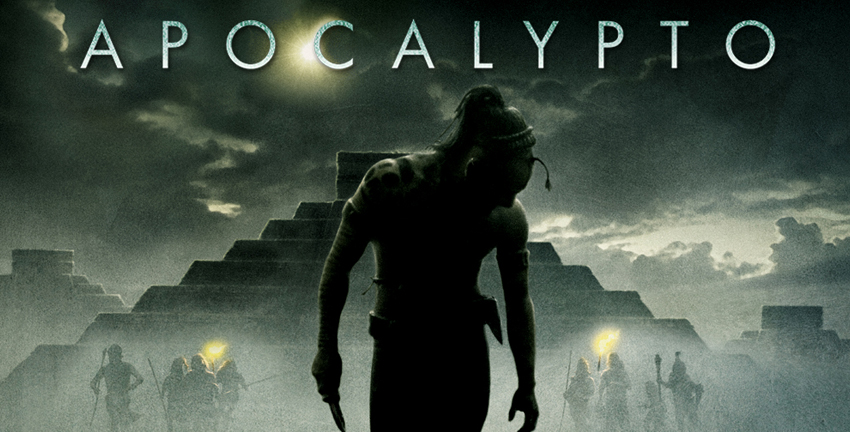
THE STORY:
A young hunter is captured for ritual sacrifice during the decline of the Mayan empire and must fight for his survival.
THE PLAYERS:
Written by Mel Gibson and Farhad Safinia, the film starred relatively unknown or first-time actors, including Rudy Youngblood as the lead, Jaguar Paw, Jonathan Brewer as Blunted, Raoul Trujillo as Zero Wolf, Gerardo Taracena as Middle Eye, amongst a host of local extras from Mexico.
THE HISTORY:
Mel Gibson teamed up with Farhad Safinia to write APOCALYPTO after getting the idea to do a chase film based on the image that adorns the last five minutes of the film; a tribesman, bloody and pursued, emerges from the jungle and collapses on the beach, his captors just behind him, ready to finish the tribesman off. But, as they approach, something else catches their eye. Something they’ve never seen before. Ships. Massive and foreign to them, a group of smaller boats approach the beach with a gaggle of European men onboard. Their arrival, which would lead to the very downfall of the regions inhabitants, is the saving grace of the tribesman, who makes his escape, while his pursuers stand in awe of the sight before them.
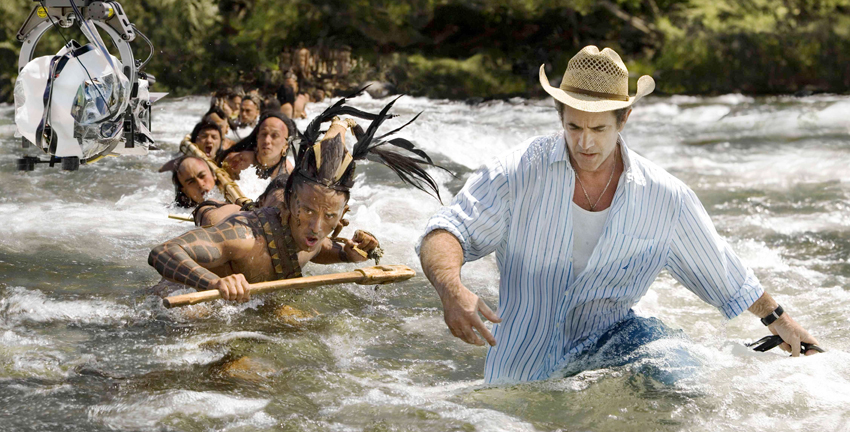
And so, APOCALYPTO was born. Gibson and Safinia toiled on the script before securing financing and moving to shoot in Vera Cruz for a planned four-month shoot. The cast was made up of Mayan and Spanish speaking cast members, none of them trained or known actors and thousands of extras were enlisted to take part in many of the film’s more elaborate sequences. Weather, budget, animals, and everything in-between ended up extending production for an additional eight months, creating what Gibson would call the toughest production of his life.
The film opened number one on December 8, 2006, pulling in $15 million and a score of 66 percent on RottenTomatoes. But, it dropped almost 50% the following week and slowly disappeared into the ether, making a final tally of $50.8 million, never really finding a large audience once average moviegoers discovered it wasn’t Mel wearing blue face paint and wielding a Claymore or Jesus being beaten to a pulp. Since that time, however, many have discovered the film on video and it has become a widely respected and deeply underappreciated film that serves as a visual spectacle, historical journey, and high-octane chase flick.
“I always start by asking, 'If I went to the cinema, what would I want to see' I'm always looking to do something I have a thirst to see in my heart and mind. There has always been this mystery about the Mayan civilization. I went down to the Mirador Basin and saw the ancient and enormous pyramids; one is the biggest pyramid in the world, bigger than those in Egypt. The Mayans left, but why, that's what intrigued me.” – Mel Gibson
WHY IT’S GREAT:
APOCALYPTO is one of the best non-standard action films you’ll ever see. Disguised as a historical tale, it’s essentially a taut, intricate, violent, and suspenseful chase film. Or, vice versa. Either way you look at it, APOCALYPTO is a magnificent movie, one that got lost in its release, built on the hype of Mel Gibson’s megahit PASSION OF THE CHRIST and seemingly ignored, potentially for his personal life issues that seemed to sully his public reputation. Or, perhaps average audiences were turned off by the lack of big-name stars and inclusion of subtitles. Regardless, it wasn’t the hit it deserved to be.
It’s such a shame, too, as APOCALYPTO is simply a marvelous watch. Fourteen years later, however, the film holds up beautifully and is best enjoyed on HD/blu-ray, where the digital film really pops onscreen. The visual and practical effects are nothing short of outstanding. Coupled with the music (by BRAVEHEART composer James Horner) and sound design, not to mention the amazing performances by a cast of unknown and untrained actors, APOCALYPTO is more of an experience than just a “rumble in the jungle” yarn.
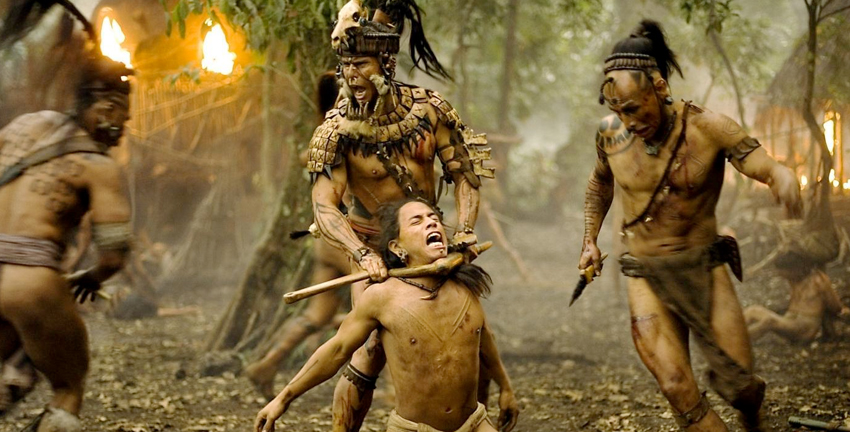
The basis of the film is fairly simple, as we meet Jaguar Paw (Rudy Youngblood), a young hunter in a forest tribe who is fairly settled in his path in life. Guided by his father, Jaguar Paw knows that he will grow old, teach his own sons to hunt, and then pass on with little incident or fanfare. However, an encounter with a group of displaced tribesman who were pushed off their land instills something in Jaguar Paw that he’s never known; fear.
"You had to be very clear in those things if you're going to use other devices; mythic storytelling is often quite simple and it's about a man or a group of people, about circumstances, about his reaction — not so much about what he does, what he has to do or he's forced to do, but how he does it. Those are the little things; it's the little things that make it.” – Mel Gibson
And thus, begins the journey of Jaguar Paw, who can’t shake the ominous feeling of impending doom. His instincts prove to be right, however, and his father’s advice to not be afraid are severely tested when a band of marauders attack his village, kidnapping the able bodied men, raping and killing the women, and leaving the children to their own devices. It’s savage, brutal, sickening, and infuriating.
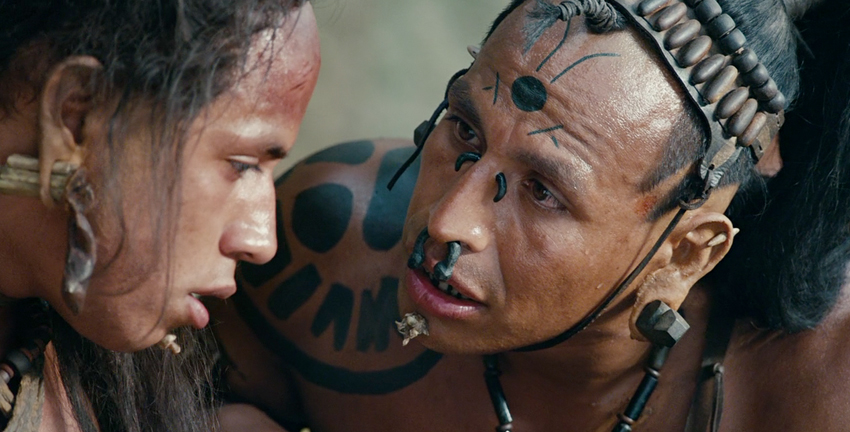
Raoul Trujillo as Zero Wolf, the leader of the marauders (who constantly reminded me of the brilliant Magua in THE LAST OF THE MOHICANS) and Gerardo Taracena as Middle Eye, the main henchman of the group, are so malicious and detestable in their portrayals that you absolutely love to hate them, seething for them to get their due. It’s a rare feat these days to have villains that you want to be taken down, as they either steal the show from the protagonist or never live up to being truly infamous enough to care if they live or die. With APOCALYPTO, the hate burns to see these men meet with justice.
The film’s chase doesn’t really take off until the second half, which is kicked off after a particularly mesmerizing and shocking ritual sacrifice sequence. It’s been well documented that during the reign of the Mayan (and Aztec) empire, men were often kidnapped from outlying villages and brought to the giant temples to be sacrificed, under the guise that they were volunteers for such a thing. The concept and method of sacrifice during these times and in this culture were particularly horrifying. Gibson, for his part, actually shows as much restraint as possible when portraying these events, but even then there’s only so much you can shy away from.
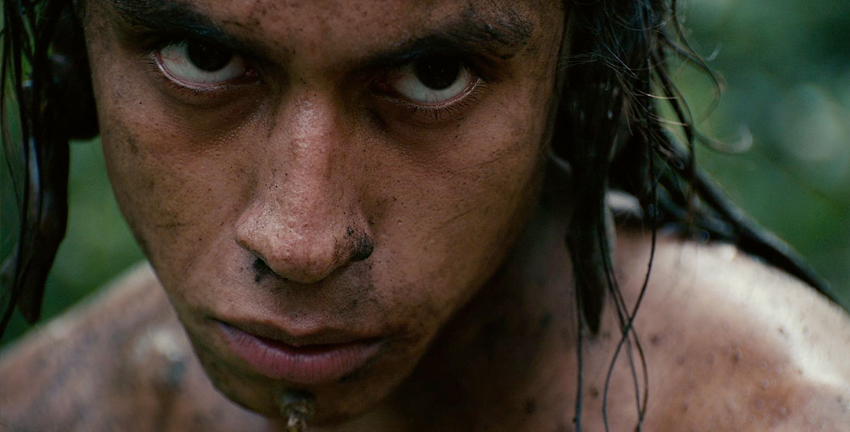
"People like scary stories. There's a fascination with fear themes, and we want to face those things in a weird, subconscious way." – Mel Gibson
Jaguar Paw and his fellow tribesmen are led to one of the temples for such a sacrifice and Gibson takes you through the moment with all the fear, anxiety, and tension you could imagine. From the grandstanding high priest who manipulates the crowd with each cutout heart and decapitated head, to the silent King, who watches with an icy stare, you feel every second of the sacrifice scene, which is no doubt the best depiction ever put on film. Visually, it’s captivating; emotionally, it’s a gut punch, and in the end, it stays burned in your brain.
What follows after the sacrifice sequence is the real “chase” of the film. It’s a non-stop, no-holds-barred “run through the jungle” that evokes some of the best imagery from classics like PREDATOR and APOCALYPSE NOW. As Jaguar Paw makes his escape, attempting with all his might to summon the courage to face his would-be captors again, he is symbolically reborn, leading the men into a sort of HOME ALONE esque trap through the jungle. That may sound comical, but it’s insanely clever, featuring poisonous frogs, bees, hunting traps, snakes, and a jaguar…to the face!
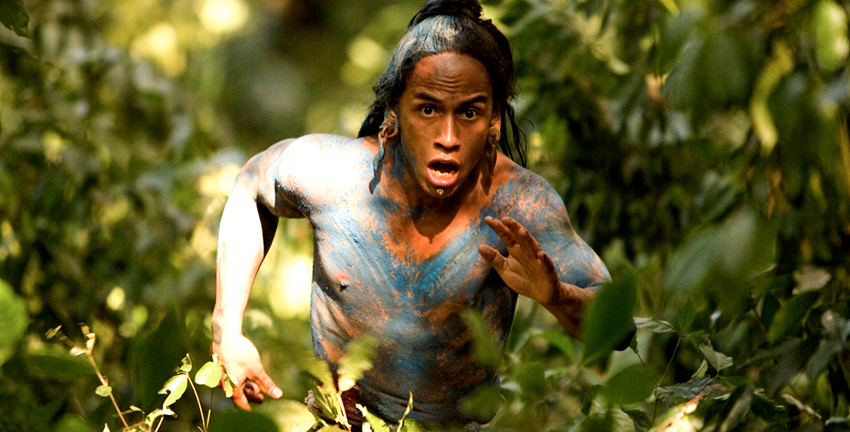
“It was just a story that kind of appealed to me. I've been wanting to do a chase movie forever. And that's how it started, just a chase. I thought, "Well, there's all kinds of chases. There's train chases, car chases, horse chases." I thought, "A foot chase. That's a good idea. That's about as minimum and as primal as it gets." – Mel Gibson
What sets APOCALYPTO apart is that there are very few films to compare it to. Sure you could drum up other chase films, but there certainly aren’t many (or any?) that take place in a ritual sacrifice season during the reign of the Mayan empire. Beyond that, this is a film about survival and how it can transcend any time period. There are plenty of parallels to be drawn from this to modern society and while some may feel it’s trying too much to have a message, I have to wonder if they’re the same ones that complain about a movie not having anything to say at all. In the end, you can treat it how you want; awesome chase flick, historical epic, cautionary tale, whatever.
I’ll leave it to the historical scholars to squabble over inaccuracies, which seem to plague the perspective of many who saw the film. Listening to the commentary on the blu-ray (and having studied the time period myself in numerous Anthropology and History courses), leads me to believe that both Gibson and co-writer Farhad Safinia did a hell of an amount of research and even address their own creative liberties throughout. In the end, the film isn’t attempting to be a historical film (there’s no “based on a true story” title card anywhere), but rather as an entertaining one that takes place within an actual time and place in history.
APOCALYPTO is a true gem; a refined and genuinely great flick. It's a rare find in any genre and an entertaining ride from start to finish, as well as a far cry from the standard run-of-the-mill historical action flicks out there. More than anything, it’s a reminder that we need to get Mel Gibson back behind the camera as soon and as often as humanly possible.
“The story is actually very simple, with a very straightforward through line, but the meat that’s attached to the bones of it is quite complex. There are messages about civilizations and we are trying to be true to history as much as possible. We wanted all this to gel with some good theory about why these civilizations went down, why they weakened and crumbled. Because they did, they vanished.” – Mel Gibson
BEST SCENE:
There are many scenes that stand out in APOCALYPTO, which makes it hard to narrow down to just one. The ritual sacrifice scene is perhaps the most popular (see a snippet above), followed by the “jaguar scene,” the escape from the city, the waterfall, and of course the final battle. For those that haven’t seen the film, I’m sharing the “jaguar scene” as it encapsulates the tension, gore, music, and masterful aesthetic at work in the film.
SEE IT:
APOCALYPTO is available on Blu-ray/DVD. Get it here!
PARTING SHOT:
"The Mayan culture is shrouded in mystery and myths. I didn't show half the stuff I read about. I read about an orgy of sacrifice: 20,000 people sacrificed in four days. They were also very fond of impaling genitals and torturing people for years on end. For instance, if they captured a king or queen from another place, they would humiliate them for a decade. They would cut off their lips, have their tongues ripped out, they would have no eyes and no ears. Oh, and they would chew their fingers off. The guy would be alive but was just a babbling mass of nerve endings, then they'd roll him up in a ball after nine years of this stuff and roll him down the temple stairs and pulverise him. He'd probably be grateful. So I went easy on people. I think it's less violent than Braveheart or The Passion, but some people say it's a blood bath. It was not designed to be a feelgood movie – it was designed to get your heart pumping." – Mel Gibson
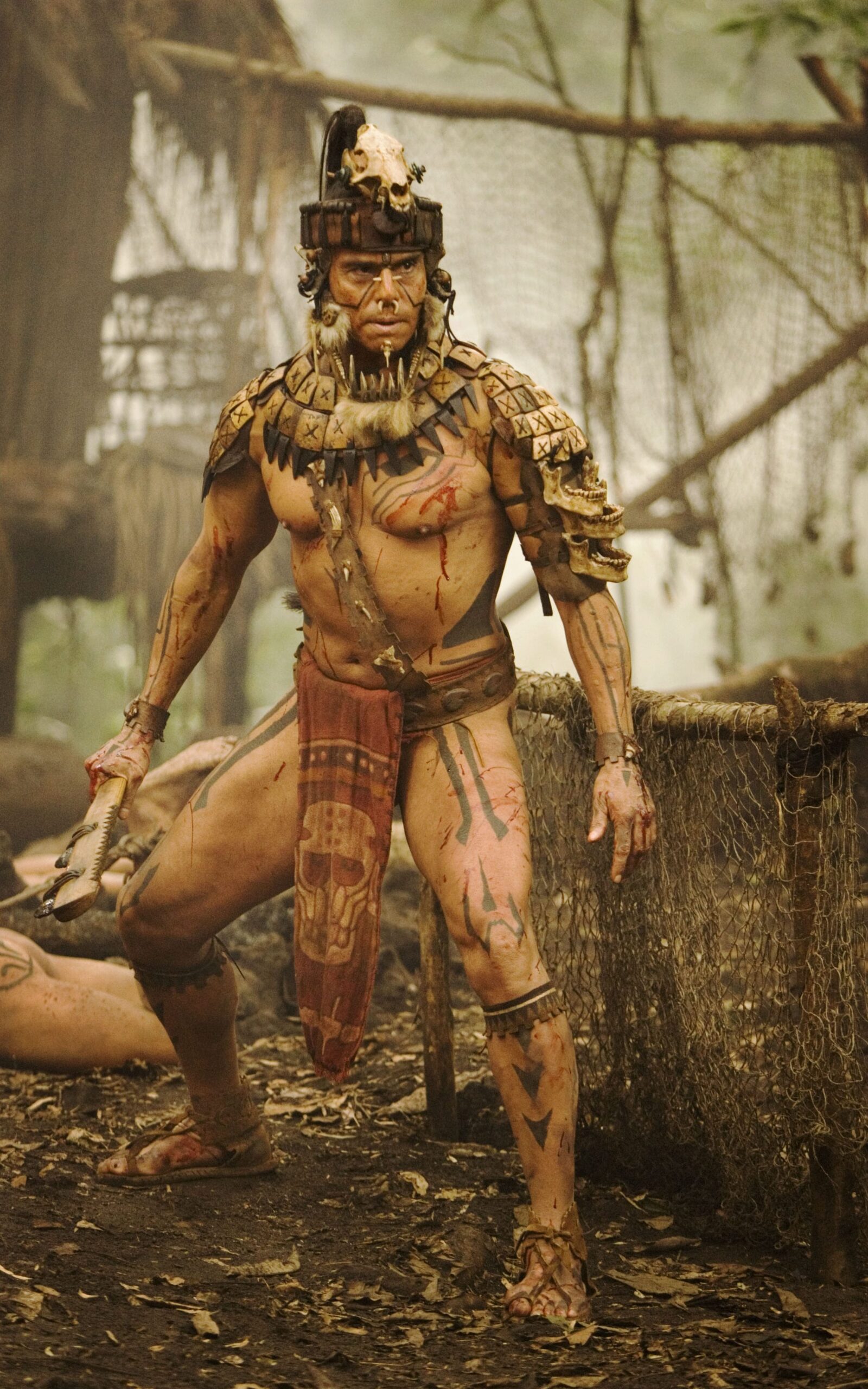


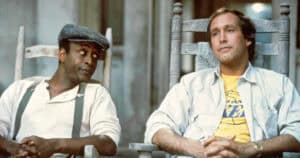


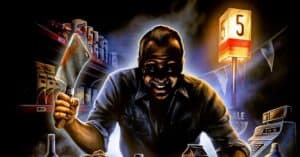

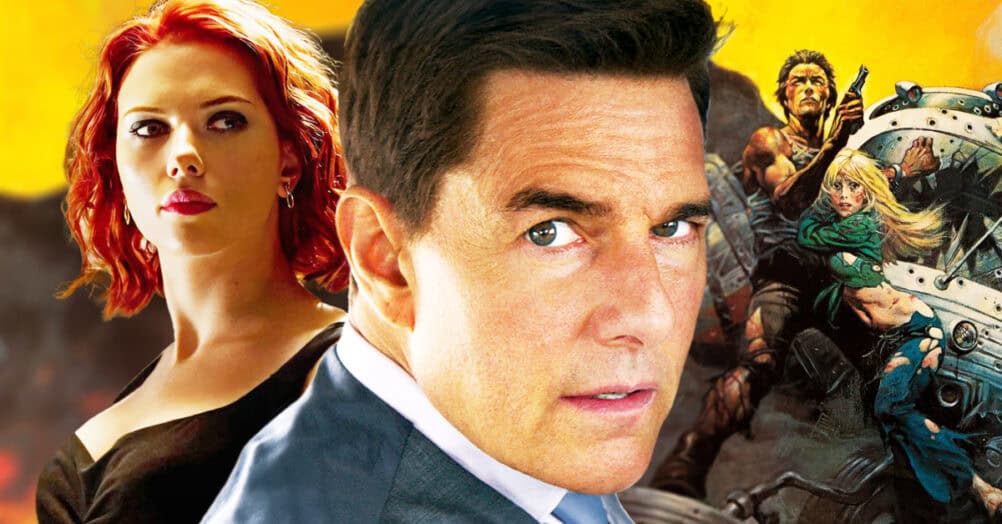
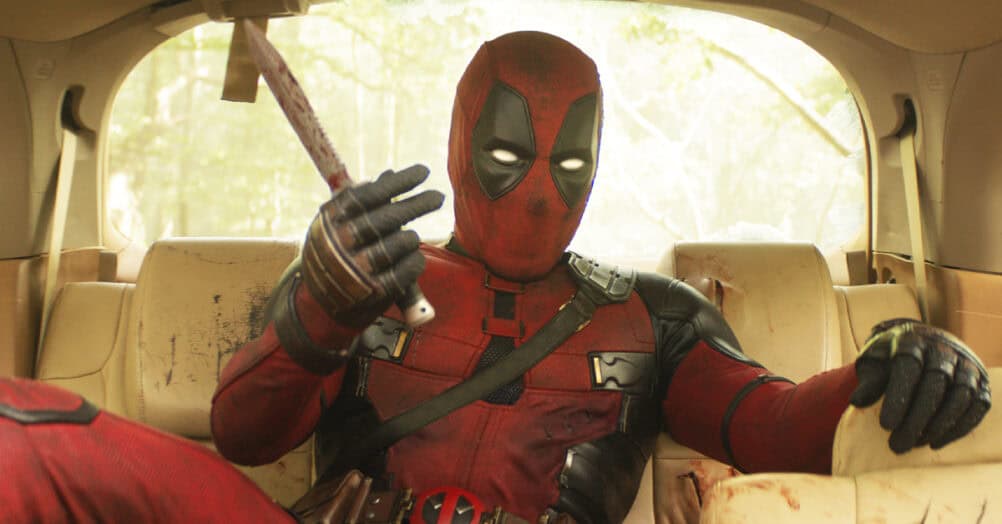

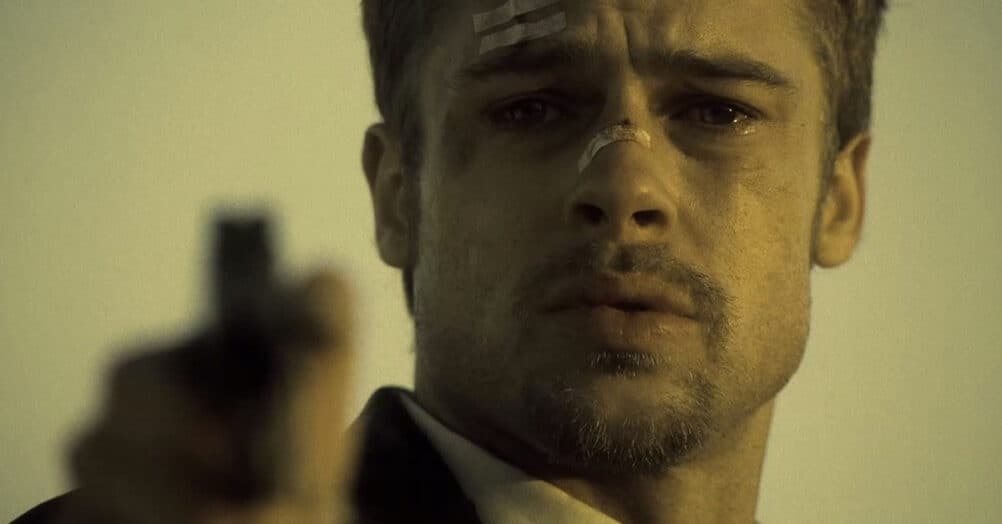
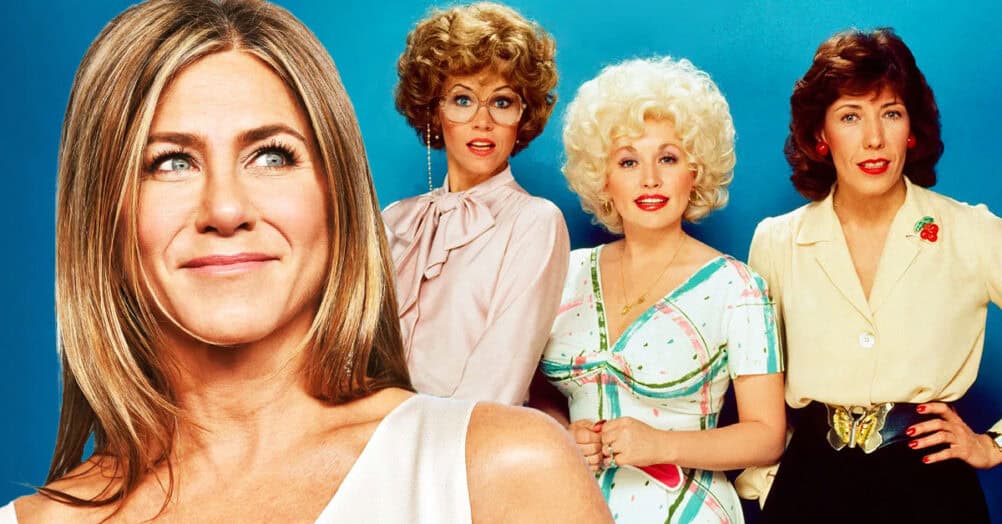
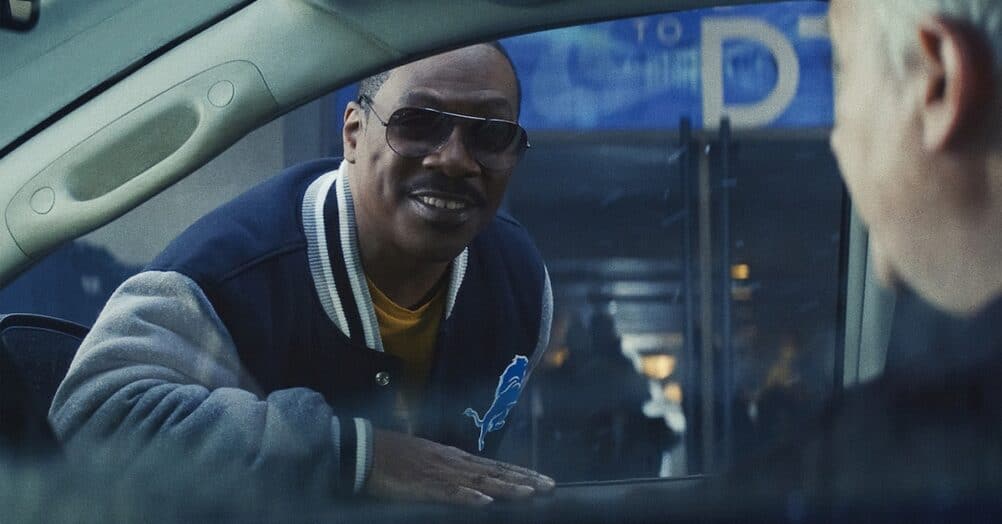

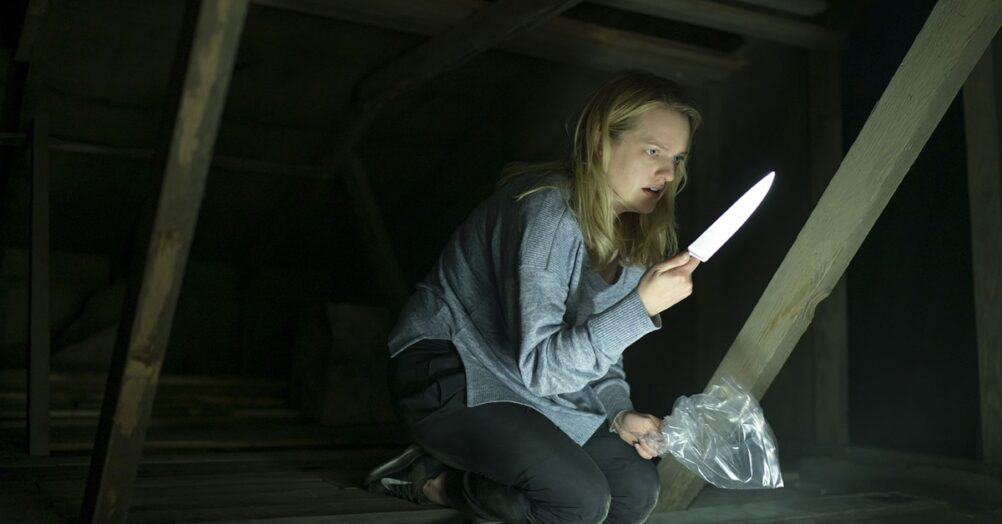
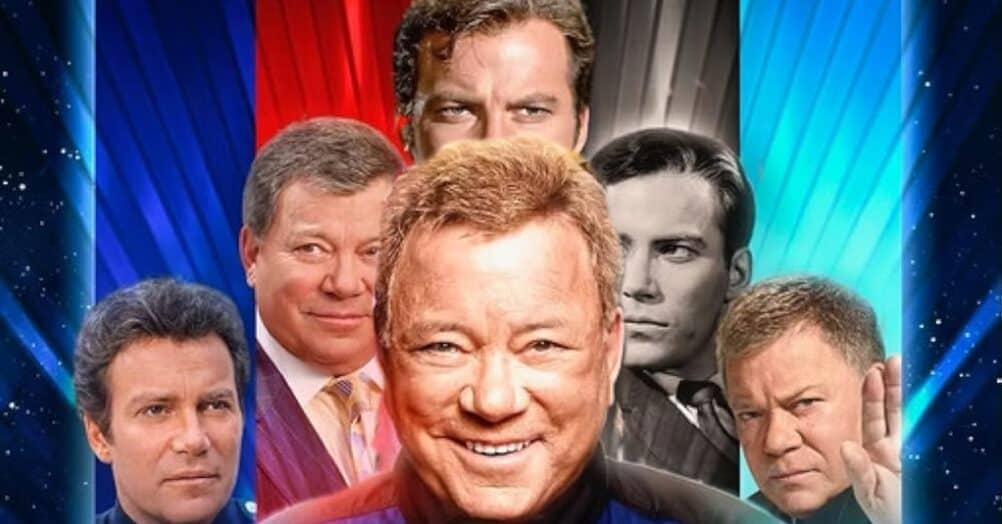

Follow the JOBLO MOVIE NETWORK
Follow us on YOUTUBE
Follow ARROW IN THE HEAD
Follow AITH on YOUTUBE